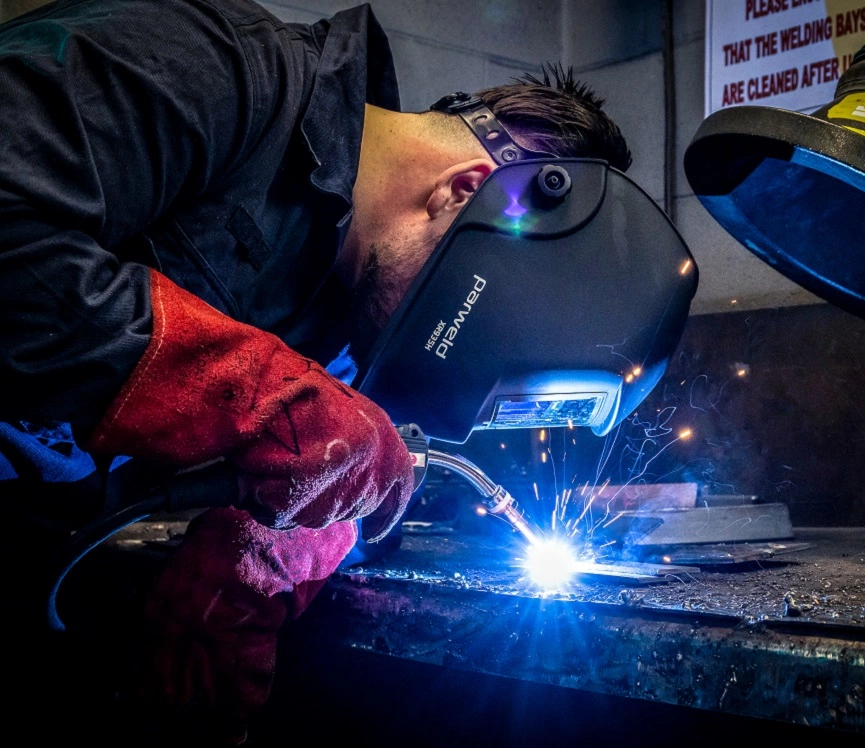The site of our Medway campus boasts a rich heritage, sitting alongside the Great Lines defensive fortifications, and with parts of our car park above a WWII Royal Navy underground command centre (later known as HMS Wildfire).
As a result, considerations to convert the campus to sustainable energy sources quickly ruled out ground source heat pumps and instead our focus switched to solar power and Air Source Heat Pumps (ASHPs). But how do they work?
Air source heat pumps (ASHPs) are a type of heating and cooling system that extract heat from the air and transfer it indoors or outdoors, depending on whether heating or cooling is needed. They work based on the principles of thermodynamics and use a refrigeration cycle to accomplish this heat transfer. Here's a basic explanation of how air source heat pumps work:
- Evaporation: The process begins with a refrigerant, a fluid with a low boiling point. The refrigerant is circulated through an evaporator coil placed outside the building. As the refrigerant evaporates at a low temperature (even when the outside air is cold), it absorbs heat from the surrounding air, making the air cooler.
- Compression: The refrigerant vapour is then compressed by a compressor. Compressing the vapour increases its temperature and pressure. This process requires energy input.
- Condensation: The high-pressure, high-temperature refrigerant vapour is then passed through a condenser coil inside the building. As it loses heat to the indoor air (or the water system, depending on the application), it condenses back into a liquid.
- Expansion: The high-pressure liquid refrigerant passes through an expansion valve or capillary tube, where it undergoes a sudden drop in pressure. This causes the refrigerant to expand and cool rapidly.
- Evaporation (Again): The cooled and low-pressure refrigerant then enters the evaporator coil outside the building, and the cycle starts over.
During this cycle, heat is effectively transferred from the outside air to the inside of the building when heating is needed. When cooling is required, the process can be reversed by extracting heat from indoors and releasing it outside.
At Medway, ASHPs will be paired with vertical solar power generation panels.

